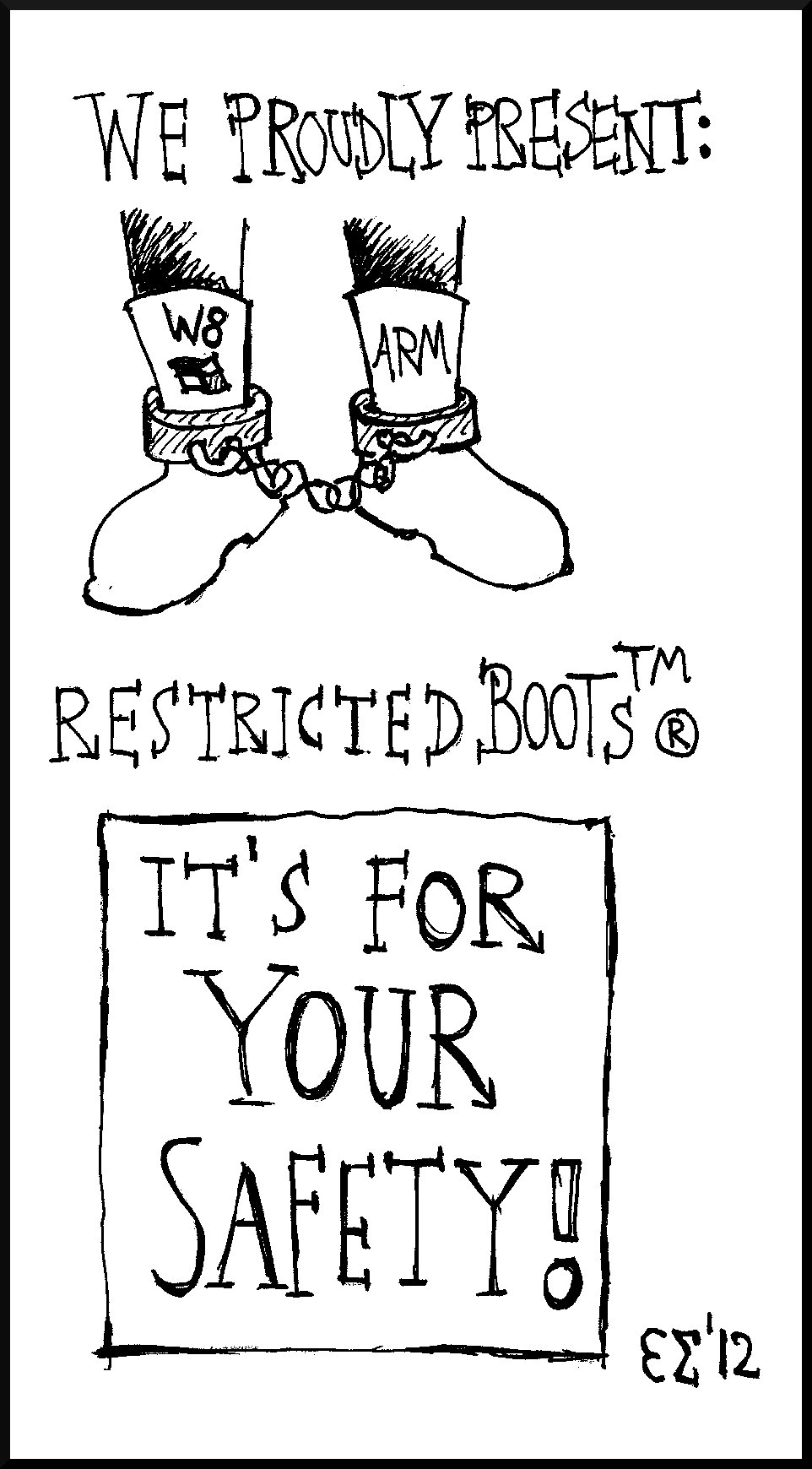 When done correctly, "Secure Boot" is designed to protect against malware by preventing computers from loading unauthorized binary programs when booting. In practice, this means that computers implementing it won't boot unauthorized operating systems -- including initially authorized systems that have been modified without being re-approved.
When done correctly, "Secure Boot" is designed to protect against malware by preventing computers from loading unauthorized binary programs when booting. In practice, this means that computers implementing it won't boot unauthorized operating systems -- including initially authorized systems that have been modified without being re-approved.
This could be a feature deserving of the name, as long as the user is able to authorize the programs she wants to use, so she can run free software written and modified by herself or people she trusts. However, we are concerned that Microsoft and hardware manufacturers will implement these boot restrictions in a way that will prevent users from booting anything other than Windows. In this case, we are better off calling the technology Restricted Boot, since such a requirement would be a disastrous restriction on computer users and not a security feature at all.
- Learn more about Secure Boot vs Restricted Boot.
- Join over 30,000 others and sign the statement, Stand up for your freedom to install free software
- Read our white paper to find out about our recommendations for free operating system distributions considering Secure Boot (PDF)
- See the winning entry of our webcomic contest.
No comments:
Post a Comment
The Open Source Web Hosting company